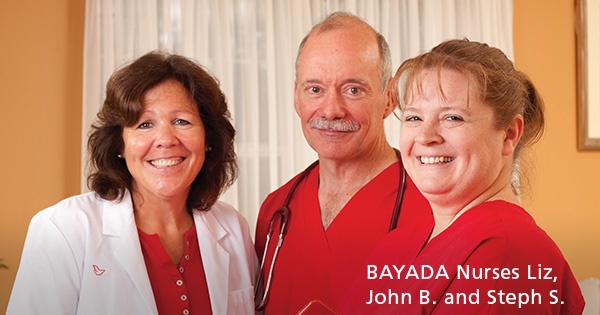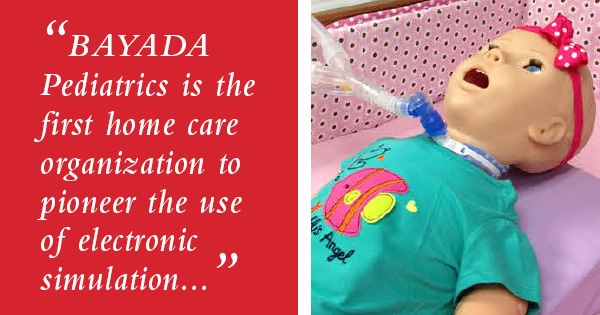When I was a student in nursing school, we practiced clinical skills on each other and then on patients in the hospital. I remember standing at the hospital door of a woman in labor. After receiving only classroom instruction, I was instructed to go in, examine the mother, and determine how close she was to delivering her baby. As I stood frozen in the doorway, my clinical instructor came up from behind and shoved me into the room. I also still vividly remember the first IV I inserted with trembling hands on an unsuspecting patient. Clinical practice for student nurses was trial by fire!
Technology has changed everything. Today, electronic simulation in nurse education replaces real experience with interactive-guided practice before students assume care of patients. Simulation is a highly effective, non-threatening method to train students and practicing nurses for new procedures, critical thinking, and emergency response by using human patient simulation manikins. These sophisticated electronic manikins exhibit behaviors and symptoms – such as breath sounds and pulses – to help nurses learn and practice skills required for everything from childbirth to IV insertion. In addition to its educational value, simulated practice alleviates a great deal of fear and anxiety for nursing students – and patients.

In recent years, schools of nursing are experiencing difficulty securing clinical rotation sites in hospitals for students, particularly in pediatrics. As a result, some schools are forced to provide pediatric training only in the simulation lab. As greater numbers of complex and chronically-ill pediatric patients are cared for at home, there is a commensurate need for highly skilled pediatric home care nurses to care for them. How, then, can home care nurses, who have not had the opportunity to practice the necessary skills in the hospital, be adequately prepared to safely care for children at home who have intensive technological needs such as mechanical ventilation?
BAYADA Pediatrics is the first home care organization to pioneer the use of electronic simulation to prepare home care nurses for the challenges of complex nursing care. BAYADA Pediatrics established its first electronic simulation lab in Pennsylvania in 2012. A pre-work curriculum, simulation course, routine and emergency scenario database, and debriefing protocols were constructed. Originally, the simulation lab was used to improve nurse competency, provide opportunity to practice skills, validate skill levels during annual competencies, and offer correction. BAYADA’s original electronic simulation program has evolved over the past three years and expanded to include eight high-fidelity labs, 16 mid-fidelity labs, and 34 trained simulation nurse educators. Simulated training has proven to be particularly effective for new nurse graduates in the BAYADA Nurse Residency Program, where new graduates receive extensive simulated training, practice, and validation before entering client homes.

As pediatric patients with complex health care needs move quickly from the hospital to home, a key component of any home care program should be comprehensive education of nurses to help them practice confidently and safely in order to reduce risks for both patients and providers. BAYADA Pediatrics has proven that this can be accomplished with electronic simulation education in home care.



Let Us Know What You Thought about this Post.
Put your Comment Below.